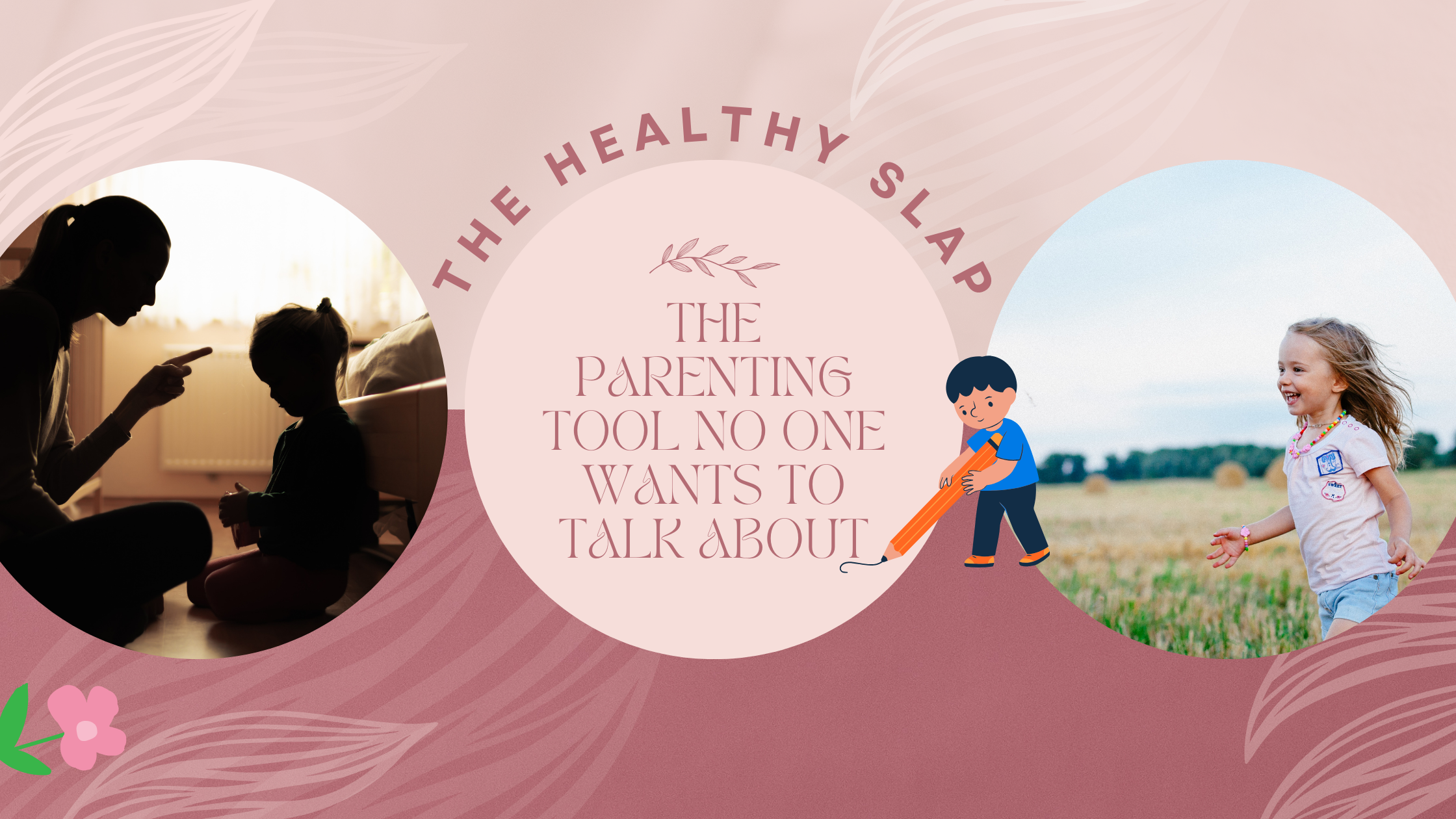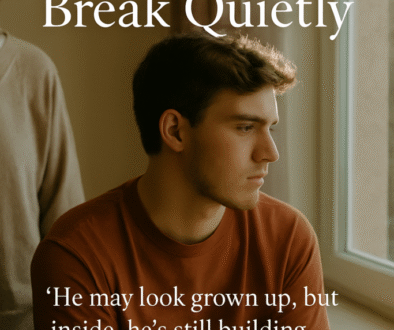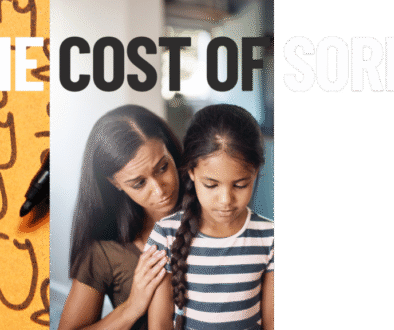
The Healthy Slap
The Parenting Tool No One Wants to Talk About
Let’s get something straight—this isn’t about losing control or whacking kids around because you’re out of patience. It’s about something much smarter, more intentional, and, dare I say, necessary in early childhood development.
Because despite what the “never-ever-slap” crowd preaches, the real world—where actual, hands-on parenting happens—is a little more complex.
The Truth About the Healthy Slap
A well-timed, well-placed, healthy slap is not about anger, not about humiliation, and definitely not about harm. It’s about setting boundaries in a way that words sometimes can’t reach fast enough.
Kids, especially in their early years, are not logical creatures. They are impulse-driven, boundary-testing machines with no concept of real danger. A toddler running toward a busy road? You don’t negotiate. You grab. You slap a little hand if needed. A child about to stick something metal into a socket? No time for a TED Talk—quick slap, firm no, life lesson delivered.
This isn’t about discipline in the traditional sense; it’s instant, instinctive, and tied to real danger. It’s an emergency stop button—the kind that prevents broken bones, burns, and hospital visits.
Why Words Aren’t Always Enough
The popular advice is, “Just explain calmly.” But here’s the thing—A two-year-old’s logic is different from ours. “That’s dangerous” means nothing to a toddler who has never experienced danger. A young child’s impulse control is under construction. The part of their brain responsible for self-control, the prefrontal cortex, is a work-in-progress until their mid-20s. Pain is a built-in human teacher. Touch a hot stove once, and you don’t need a second lesson.
Now, let’s be clear—this does not mean hitting as a go-to parenting strategy. It means using a controlled, non-angry, physical stop when absolutely necessary.
And nowhere is this more obvious than in classrooms, where teachers are expected to reason with twenty three-year-olds—many of whom have learned that ignoring instructions or negotiating endlessly gets them exactly what they want. Parents then wonder why their child isn’t getting enough attention, when in reality, the teacher is busy juggling a room full of kids who think rules are optional. This is where discipline—not punishment, but real, firm boundaries—becomes essential. And yes, sometimes that includes the healthy slap.
The healthy slap is like Wi-Fi—used properly, it keeps things connected, but if overdone or misused, everything crashes. It’s not about anger or dominance; it’s about setting a clear, instant boundary when words just won’t cut it. Picture a three-year-old gleefully hurling a glass cup off the table after you’ve already said no. Are you going to calmly explain gravity for the third time or are you going to grab their hand, give a light slap, and make sure they finally understand “no” means no? Kids aren’t tiny philosophers; they’re impulse-driven, chaos-loving explorers who, if left unchecked, will climb, throw, run, and push every limit possible. And yet, some parents treat discipline like it’s a crime while wondering why their kid negotiates like a defence attorney and listens like a brick wall. Then they hand that same child over to a teacher and expect miracles—twenty kids, no real discipline, and absolute respect for personal autonomy (until someone gets hit with a wooden block, of course). The truth is, a healthy, well-placed slap—never in anger, never as punishment, but as a real-time “stop sign”—can be the difference between chaos and control. Because as much as we’d love to believe kids can be reasoned with at all times, the reality is, you don’t have a full-scale debate when a child is about to jam a fork into an electrical socket. Sometimes, a moment of physical feedback does what ten minutes of talking can’t. And if that offends someone who’s never had to keep twenty three-year-olds from turning a classroom into a reenactment of Lord of the Flies, well, must be nice.
The Bigger Picture: Trust & Boundaries
Here’s the irony—children who experience clear, firm boundaries, including rare but well-placed physical corrections, often feel more secure. They trust their caregivers to keep them safe. If “no” actually means no, children don’t need to push every boundary to see where the real line is.
Compare this to kids whose parents just talk, talk, talk—no follow-through, no real consequence, just endless negotiations. Those kids often feel more anxious and insecure because they are the ones forced to figure out the limits.
Final Thought: It’s Not for Everyone—But It’s Not the Enemy Either
If you can raise a child without ever needing a single physical boundary correction, great. But for those of us raising actual, unpredictable, high-speed, risk-taking small humans, the occasional, well-placed slap is not abuse, not bad parenting, and definitely not a sign of failure.
It’s just another tool in the box—one that’s been unfairly demonized in a world that sometimes forgets kids are not tiny adults. And let’s be real—if you’ve ever seen a toddler grin at you while attempting to flush your car keys down the toilet, you know there’s a time and place for the healthy slap.
ontent

